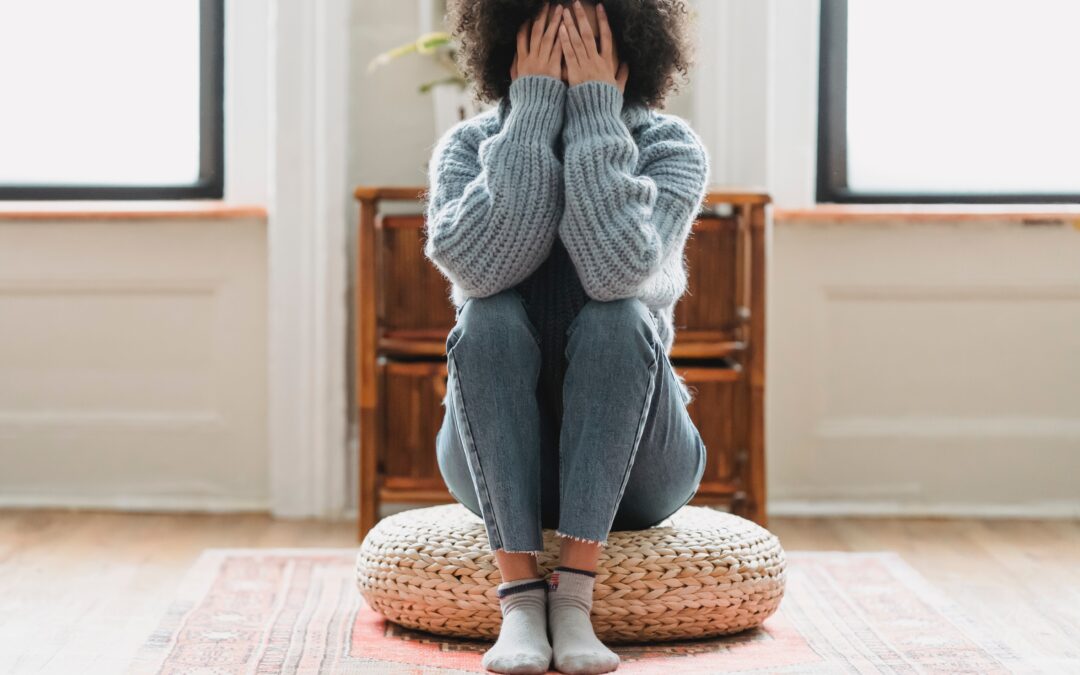What is the difference between being really sad or being clinically depressed? Sadness is a very common human emotion that all people feel from time to time. Sadness is a natural reaction to situations that cause emotional pain. However, the main difference between sadness and depression is its duration and longevity. Sadness is a temporary feeling that eventually fades with time. Depression is considered to be a “longer-term” mental illness that can impair emotional, social, and occupational function.
Below are possible symptoms of depression:
- constant feelings of sadness
- irritability
- fatigue
- changes in sleeping or eating patterns
- difficulty concentrating
- loss of interest and enthusiasm for things which used to provide pleasure
- feelings of deep, unwarranted guilt
- physical symptoms, such as headaches or body aches that do not have a specific cause
- feelings of worthlessness
- constant thoughts about death
- suicidal thoughts or actions
If not treated, symptoms may worsen and manifest in disruptive ways. Below are signs that your sadness could be progressing into clinical depression:
- Almost nothing sparks your interest
One sign that your sadness may be getting worse is that the hobbies that would normally spark joy, now do not. This core symptom is also known as Anhedonia. Formally, anhedonia is the inability to feel pleasure. This may also look like having difficulty motivating yourself to go about your daily routine or to take care of basic responsibilities.
- You spend more time alone
Since low energy is a symptom of depression, it may cause you to spend most of you time alone. With depression, it can be hard to find the joy in spending time with others. There is nothing wrong with spending time alone if you enjoy it, but it may increase your feeling of loneliness. This could lead to very negative thoughts.
- Your mood gets worse at certain times of the day
People experience depression differently. For some people, their depression is the most prominent during the day. For others, it may be worse at night. If you notice feelings of extreme sadness during a consistent time of the day, it may be clinical depression.
- You notice changes in your sleeping and eating patterns
More often than not, depression can impact eating and sleeping patterns. This symptom varies from person to person.
In terms of appetite, some people may lack an appetite, while others find themselves eating more than usual.
In terms of sleeping patterns, people may sleep much more than normal, or much less than normal. This plays a big role in the low energy level that depression is known for.
- Intensifying emotional distress
Depression can look like the following:
- hopelessness
- sadness
- pessimism
- feelings of guilt, shame, or worthlessness
- sense of numbness
- problems concentrating
As symptoms increase or worsen overtime, it may look like:
- fixating on negative thoughts
- worrying what others think of you or believing loved ones consider you a burden
- crying more often
- considering self-harm as a way to ease distress or numbness
- having frequent thoughts of suicide, even if you don’t intend to act on them
If this distress becomes present, it is important to seek out treatment with a medical professional right away.
If traditional methods to treat depression don’t help, ketamine could.
In recent years, ketamine has been used to treat depression when traditional methods of depression treatments, such as antidepressants or talk therapy, fail. If you or a loved one has had no success with these traditional methods, feel free to reach out to us for a free consultation to see if ketamine therapy is right for you!
Contact VIP Ketamine Clinics
VIP Ketamine is here to support you if you or a loved one is suffering in chronic pain. To see if you are a candidate for ketamine infusions, contact our clinic today, or fill out the brief form below.

